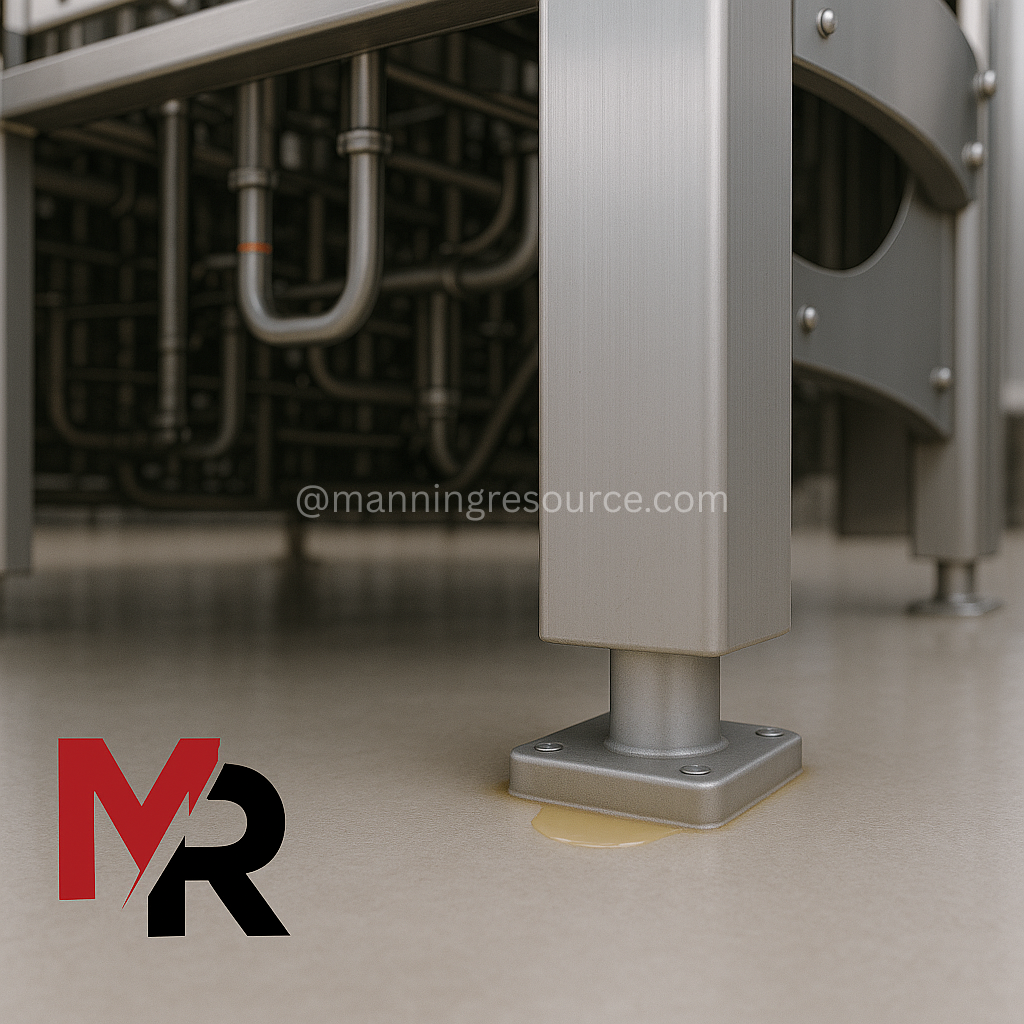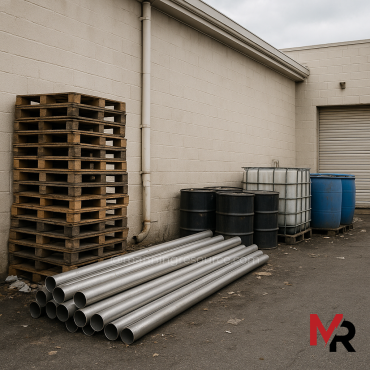In today’s food and beverage manufacturing environments, sanitation isn’t just about the visible surfaces, it’s about the spaces we don’t see. One of the most overlooked vulnerabilities lies at the base of equipment legs on the floor.
While these design choices allow for easier cleaning around equipment, they create a hidden challenge: inaccessible gaps where moisture and residue can collect, creating potential harborage sites for pathogens.
Worse yet, as liquid seeps from these gaps, it can migrate into walkways, where it can be inadvertently spread throughout the facility via foot traffic.
This not only compromises sanitation efforts but can also increase the risk of cross-contamination.
Here’s how to proactively address this challenge:
– Include gap areas in your Environmental Monitoring Program (EMP). Testing for microbial activity around and beneath equipment is essential to identifying potential harborage points and addressing them before they escalate into a problem.
– Collaborate with your sanitation chemical supplier. Discuss targeted cleaning and sanitizing protocols for these difficult-to-reach areas. Specialized cleaning agents and techniques may be necessary to fully penetrate and eliminate biofilms.
– Engage with equipment design and flooring experts. Explore opportunities to modify or retrofit equipment bases to minimize or seal gaps where possible.
– Implement robust foot traffic control. Training staff to recognize and report signs of seepage is essential. Enhancing control measures, such as dedicated footpaths and sanitation stations, can further mitigate the risk of contamination spreading throughout the plant.
– Monitor and analyze performance data. Regularly review sanitation records and environmental testing results to identify recurring issues or hotspots. Use this data to drive continuous improvement in sanitation protocols and facility design.
– Leadership Engagement: Visible leadership involvement during sanitation processes reinforces the importance of thorough cleaning and signals a commitment to a food safety culture.
In summary, proactively addressing hidden sanitation challenges strengthens your brand reputation, fosters a safe and healthy environment for your employees, and reinforces the trust your consumers place in your products.
This is an AI generated image.




Add Comment